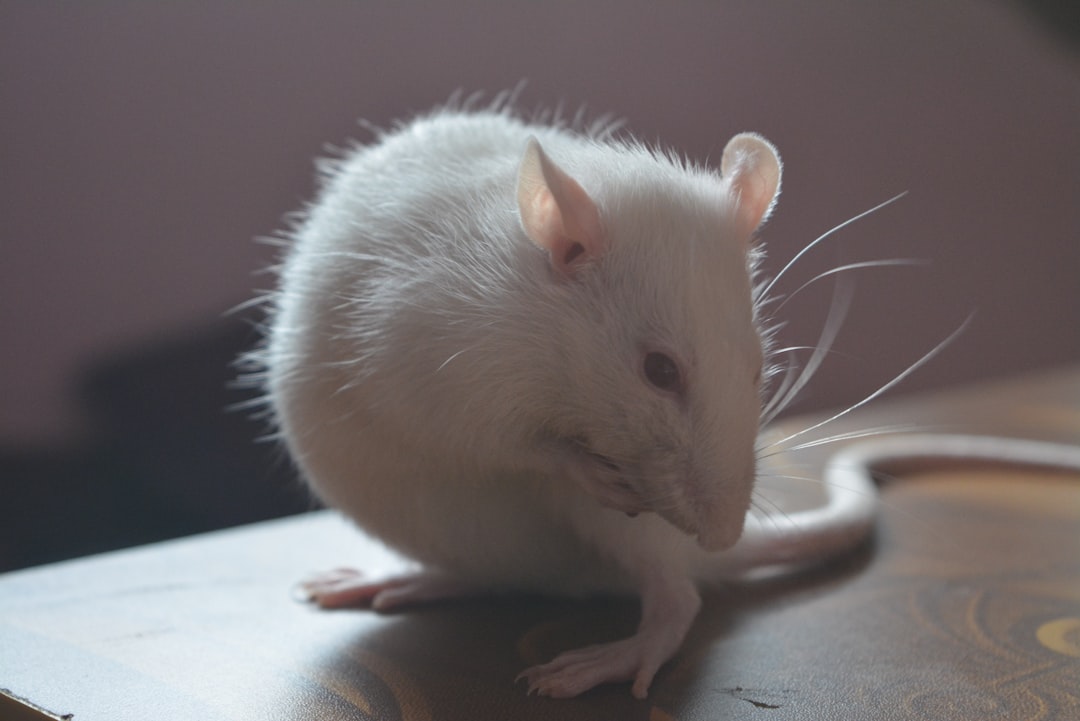What is it about?
We report a series of cases of Mycetomas that affect the neck and back with bone involvement and with the potential risk of parapleghia or quadripleghia as the main consequence associated to neglect. Neck mycetoma are rare but have a high morbidity, actinomycetomas are the most frequent and more destructive, the main agent is Nocardia brasiliensis but the agents vary. Early detection in order to start treatment is mandatory with full studies to avoid irreversible effects.
Featured Image
Why is it important?
Mycetoma from upper back and neck are rare, contrary to topography in other countries could be associated to the difference in logs and branches transportation as at the communities in Mexico are usually carried in form of a bale on the back rather than on the top of the head which could be a difference in the areas affected
Perspectives
Poverty, ignorance and distance at the communities make the perfect triad to increase the risk of tissue damage and spinal cord section in mycetoma, as many patients neglect their disease due to fear to receive treatment, as economic conditions are frequently near to misery. Whenever they are located, diagnosed and treated by a specialist, sometimes is already too late. We insist on the importance of Community dermatology and tele dermatology for the early detection of this diseases, aiming to reduce the risk of irreversible impairment secondary to mycetoma.
Guadalupe E. Estrada-Chavez
Universidad Autonoma de Guerrero
Read the Original
This page is a summary of: Cervical and middle dorsal actinomycetomas from Guerrero State, Mexico, International Journal of Dermatology, September 2017, Wiley,
DOI: 10.1111/ijd.13775.
You can read the full text:
Contributors
The following have contributed to this page










